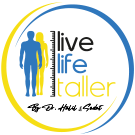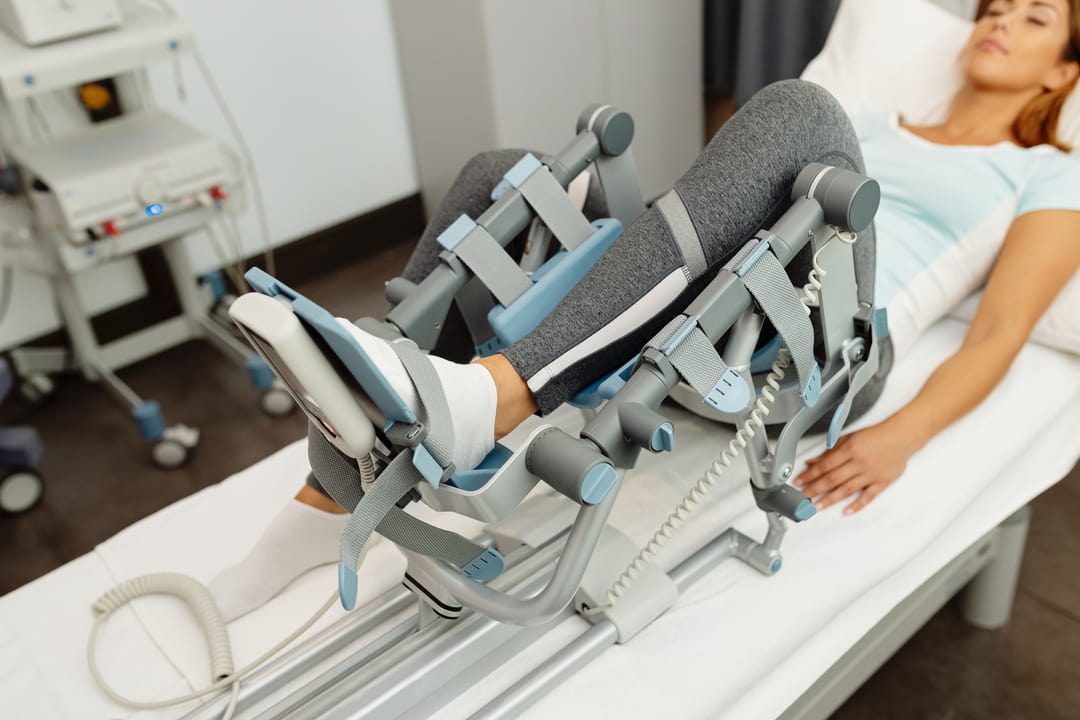Limb lengthening surgery utilizes specialized devices that gradually extend the bones to achieve height increases or correct limb discrepancies. The two primary types of devices are external limb lengthening devices and internal limb lengthening devices. Each has its own benefits depending on the specific needs of the patient. This article will focus on the techniques used in both external and internal methods, and how to choose the best limb lengthening device for your goals.
What Are External Fixators for Limb Lengthening?
External limb lengthening devices are attached outside the body and work by slowly pulling the bone apart to encourage new bone growth. One of the most common techniques involving external fixators is the LON method (Lengthening Over Nail), which combines both internal and external components for more effective bone growth and quicker recovery.
- LON Method (Lengthening Over Nail): This hybrid approach begins with the use of an external fixator to initiate the bone-lengthening process. Once the desired length is achieved, an internal nail is placed within the bone, allowing for the external fixator to be removed earlier, reducing the overall time spent with external devices. The LON method is often favored because it minimizes the discomfort and complications associated with long-term use of external fixators.
Other common external devices include the Ilizarov and Taylor Spatial Frame systems, which are also used for more complex limb lengthening cases or deformity correction.
The Application Process of External Limb Lengthening Devices
The process of applying an external limb lengthening device begins with an osteotomy, where the bone is surgically cut. The external device, such as the LON method or Ilizarov, is attached with pins that are inserted into the bone through the skin. These pins are connected to the external frame, and the patient or surgeon manually adjusts the device to slowly increase the space between the bone segments, allowing new bone to form.
Patients with external devices, especially those using the LON method, benefit from the fact that the external fixator can be removed earlier, as the internal nail takes over the stabilization of the bone during the healing process. This method improves patient comfort and reduces the risk of infection around the pin sites.
What Are Internal Limb Lengthening Devices?
Internal limb lengthening devices, like the PRECICE and STRYDE nails, are fully internal and provide a more discreet and comfortable alternative to external fixators. These devices are inserted into the bone and allow gradual lengthening through a remote-controlled system, eliminating the need for external components.
The Application Process of Internal Limb Lengthening Devices
The application of an internal limb lengthening device involves making a small incision to insert the telescopic rod into the bone. The bone is cut, and the device is gradually extended using a magnetic remote control or motorized system. Patients are required to activate the lengthening process several times a day until the desired bone length is achieved.
Since there are no external components, the risk of infections is significantly reduced, and patients experience less discomfort during the lengthening process. The limb lengthening internal device approach is more popular for those seeking a cosmetic height increase as it offers a more seamless recovery process.
What Are the Differences Between External and Internal Limb Lengthening Devices?
The most obvious difference between external and internal limb lengthening devices is visibility. External devices involve hardware outside the body, while internal devices are completely concealed within the bone.
- External Devices: Provide more precise control over bone correction and are typically used in complex cases or deformities. Techniques like the LON method reduce the time spent using external fixators but still offer precise results.
- Internal Devices: More comfortable for patients due to the absence of external hardware, leading to fewer risks of infection. However, they may be more expensive and less versatile in correcting certain complex deformities.
Which Limb Lengthening Device Is More Effective?
Both external and internal limb lengthening devices are effective, but the best choice depends on the individual case. The LON method offers a hybrid solution, providing the benefits of both internal and external devices. Internal devices, like the PRECICE nail, are highly effective for patients focused on height increase with minimal discomfort. External devices, while slightly more invasive, offer more control for complex corrections.
What Should You Consider When Choosing a Limb Lengthening Device?
- When deciding between an external limb lengthening device and an internal limb lengthening device, several factors should be considered:
Comfort: Internal devices, such as PRECICE, provide a more comfortable experience with no external hardware. The LON method offers an intermediate option, with a quicker transition from external to internal. - Procedure Complexity: For simple height increases, an internal device may be more suitable. However, for complex limb deformities, external methods or a combination like LON may be necessary.
- Recovery Time: Internal devices typically offer faster recovery times as there are no pin sites to manage, and patients experience less pain.
- Cost: Internal devices tend to be more expensive, while external devices, such as the Ilizarov or LON method, can be more cost-effective but may require longer treatment periods.
Consultation with an experienced surgeon will help determine the best approach based on your goals, health, and lifestyle.


